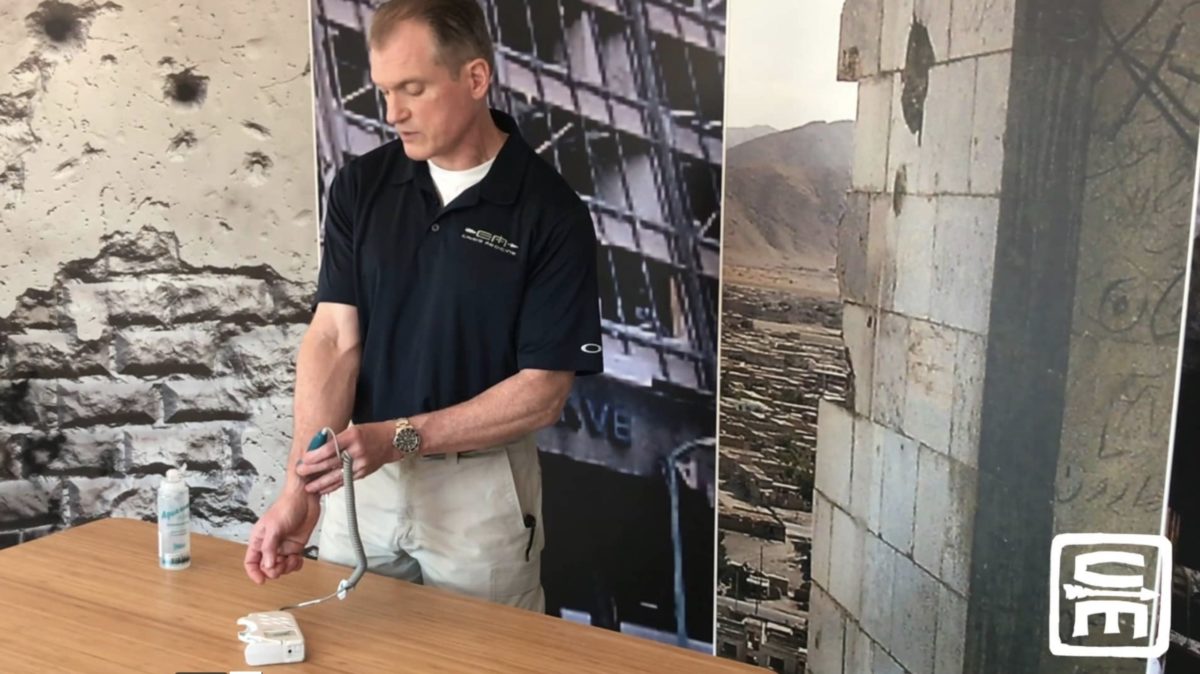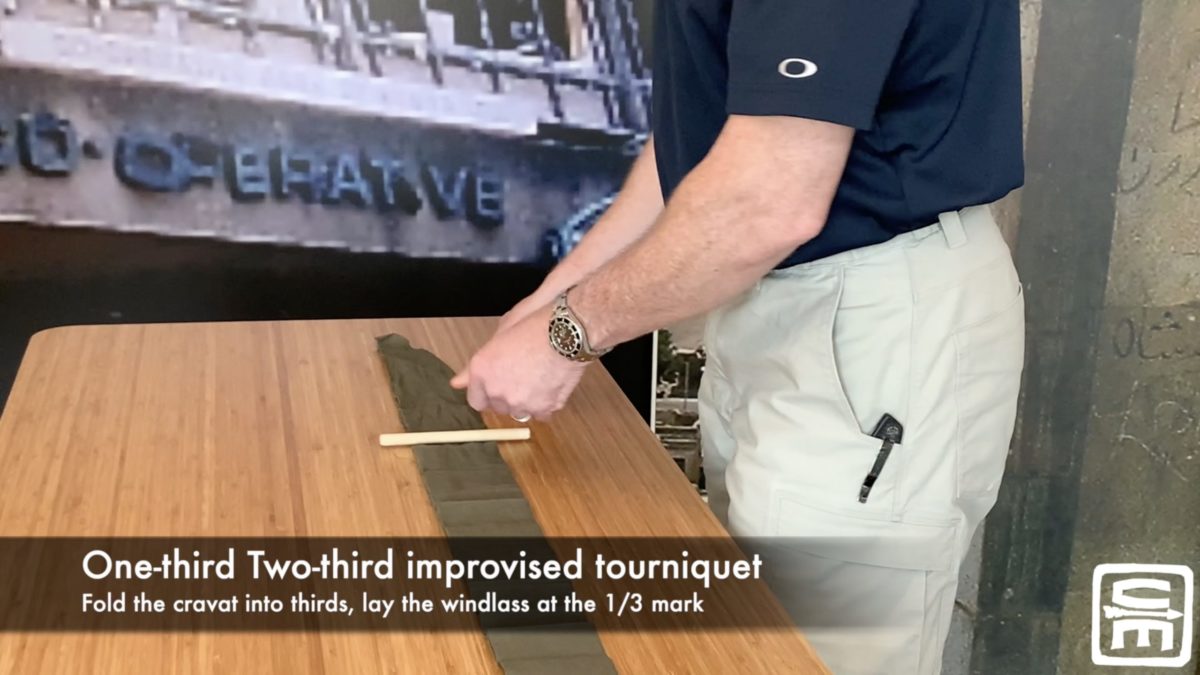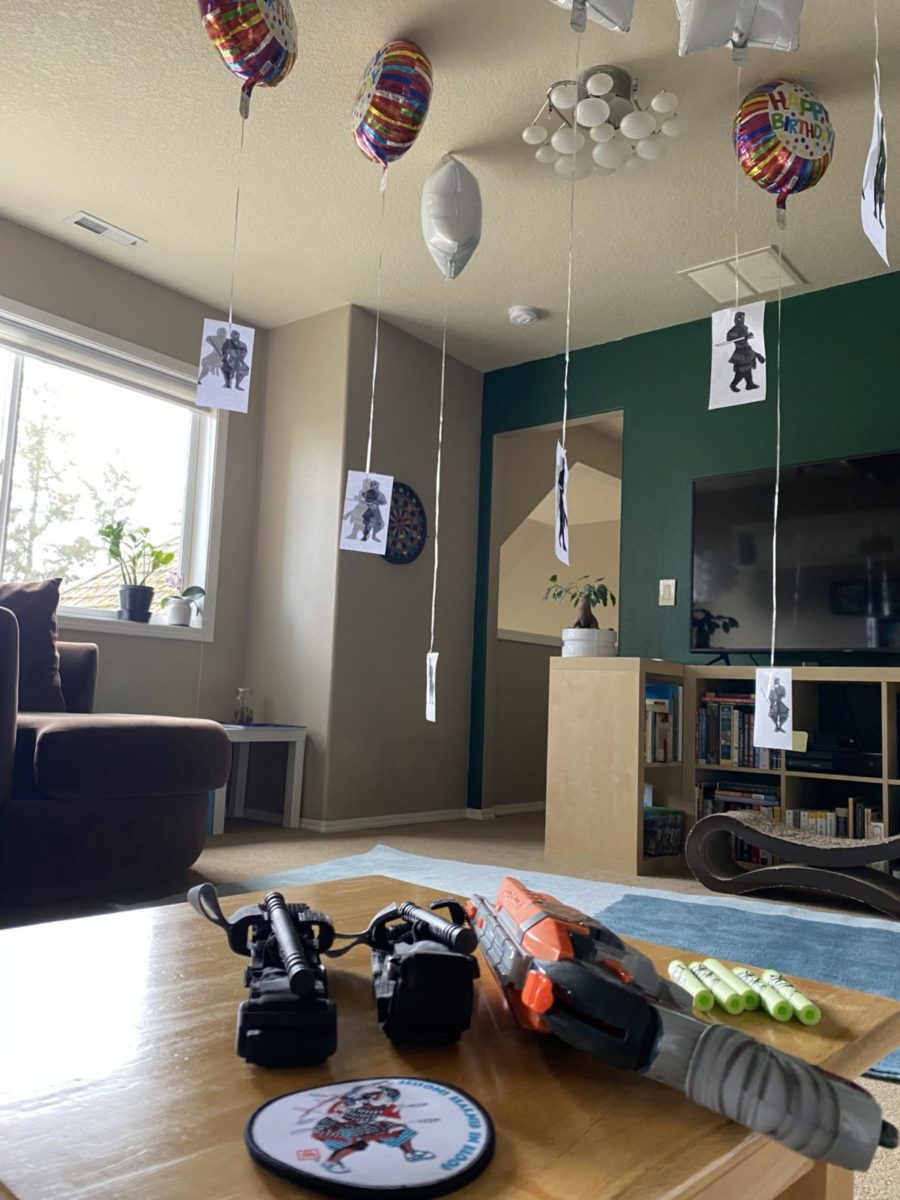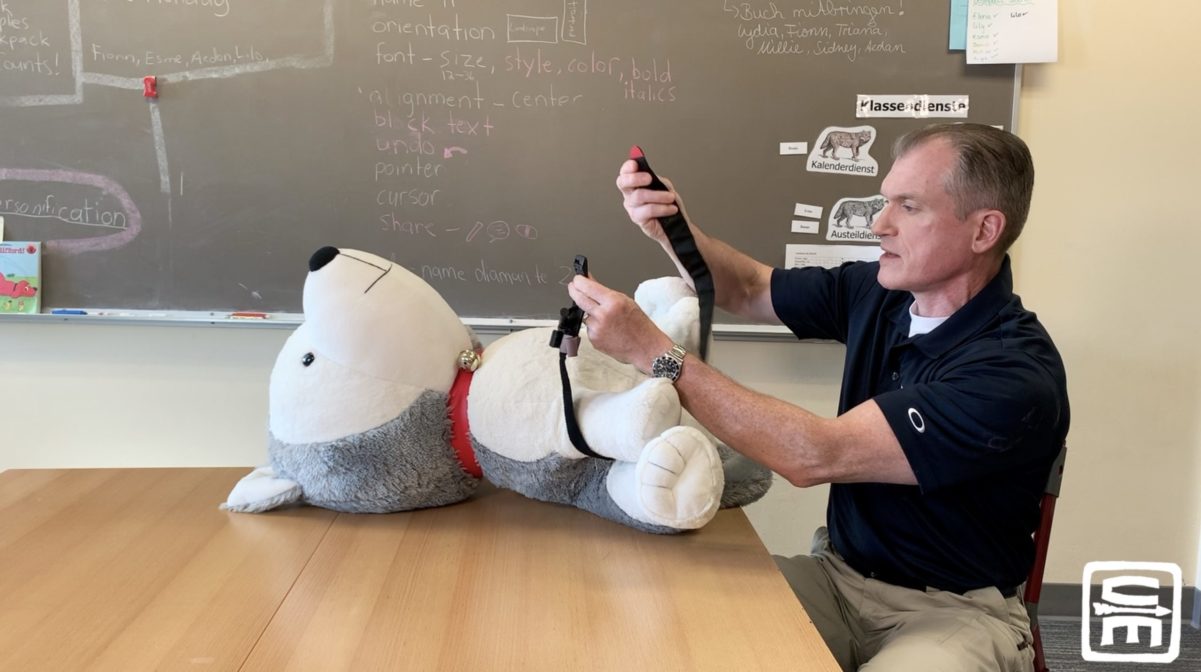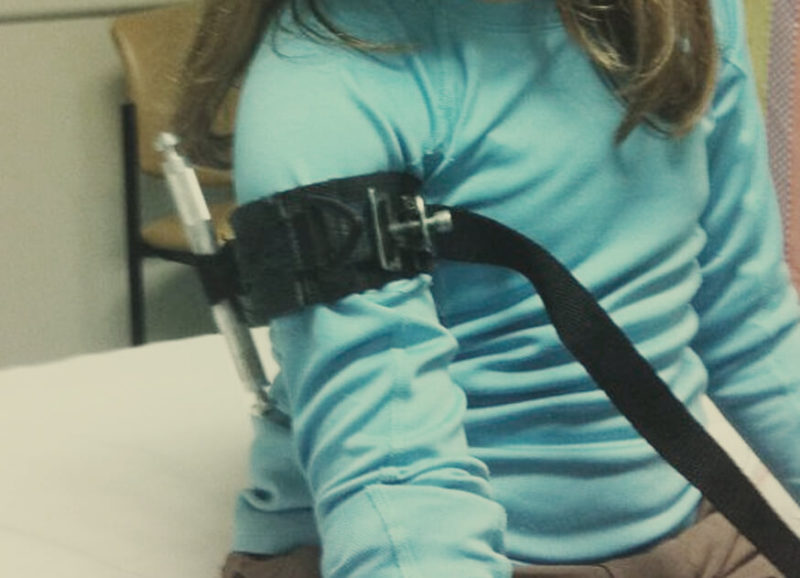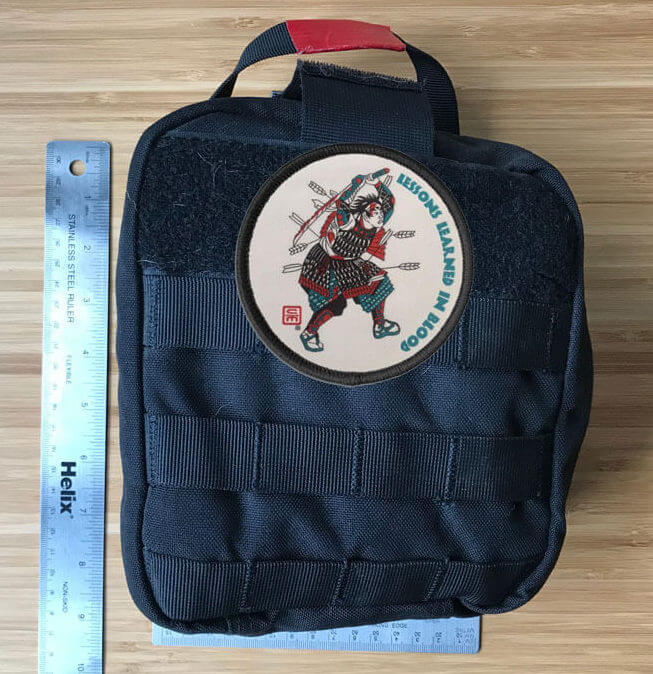🕖 Reading Time, 3 minutes A doppler ultrasound is a non-invasive device that uses high-frequency sound waves to estimate the amount of blood flow through your arteries and veins, usually those that supply blood to your arms and legs. A …
🕖 Reading Time, 3 minutes A few months ago I was shown a new technique for an improvised tourniquet. Unlike the traditional military cravat improvised tourniquet that requires two cravats, this new technique only requires one. However, we have some …
🕖 Reading Time, 1 minutes Sometimes when the ninjas invade, they capture family members. You need to be prepared to perform your own hostage rescue and medical care. Would you perform Bear Under Fire care and tourniquet him at the …
🕖 Reading Time, 1 minutes A brief introduction to Tactical Casualty Care, using a giant stuffed dog to make the material accessible to everyone. In this “softer side of Crisis Medicine,” we work through a brief casualty evaluation, start to …
🕖 Reading Time, 5 minutes Jacob Hall, 6 years old, died of a femoral artery laceration after being shot by a 14-year-old while he was at recess at his school. Another student and a teacher were wounded. Would a tourniquet …
🕖 Reading Time, 8 minutes One thing you figure out quickly in Army Special Forces is that if you get a bigger rucksack, you will always find things to put in it: Whether those things need to be there or …

